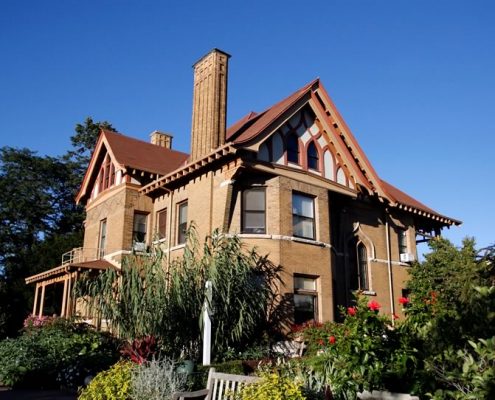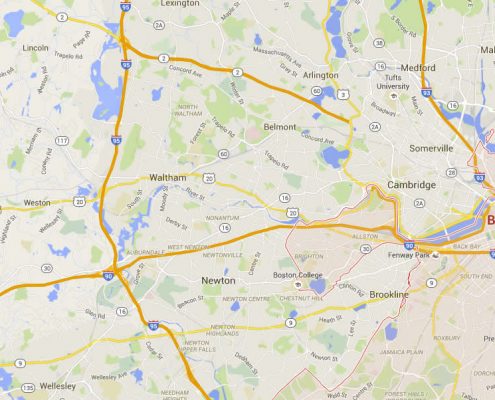Pest Control Services in Sherborn, MA
WE SERVE YOU AT YOUR SHERBORN PROPERTY
Sherborn started as a small town in the 1700s and was a self-sufficient farming community famous for its small cider mills. For the next three centuries, the quaint village continued to thrive. With the invention of the railroad in the mid-1800s, Sherborn cider mills pressed over 1.25 million gallons of cider every season that shipped worldwide.
As the cider industry blossomed, so did many others: Cranberries, farming, and dairying became popular, and small cottages set up shop selling guns, shoes, baskets, whips, pitchforks, and tools for the community.
But perhaps one of Sherborn’s most recognizable characteristics is that the town is full of older, colonial-type homes. The city was poor until the early 20th century, so very few people updated their homes by rebuilding. Many houses from the 18th and 19th centuries remain, and some even date as far back as the 17th century.
Sherborn is like many other historical towns around Boston because of its authentic historic charm. But with old homes like these, there are plenty of nooks and crannies that allow for unwanted pest infestations.
PEST CONTROL SERVICES AVAILABLE IN SHERBORN, MA
The town’s aesthetic is a picturesque New England town full of older homes that date back centuries. But if there’s one thing homeowners know about older houses, it’s that they’re prone to pest problems. That’s where Greenhow comes in: With expertise around the Boston area, our team can combat unwanted insects and rodents in and around your home.
Pest Control
While it’s not unusual to find a few bugs in your home, you don’t want to see them there regularly. Luckily, Greenhow has decades of expertise when it comes to pest control in Sherborn. Using a comprehensive approach to combating all types of insects, like spiders, centipedes, and crickets, Greenhow can safely remove any uninvited visitors from your home.
Mosquito & Tick Control
While mosquito and tick bites can ruin outdoor fun, they can also spread dangerous diseases like the West Nile Virus and Lyme disease. Keeping your family safe is important, which means that it’s vital ticks and mosquitos don’t find shelter around your home. The easiest way to do this is to treat your property every outdoor season.
Termite Control
Termites might be small, but they’re among the most dangerous pests any property owner can experience. They can cause thousands of dollars in damage and even compromise the structural integrity of your home or building. One of the only ways to avoid an expense like this is to get frequent home inspections by pest experts who can identify and treat termite infestations.
Plant Health Care
Everybody knows that good curb appeal is the goal of a front yard. But to get beautiful trees and shrubs, you have to have a healthy one. Keeping up with pests, soil health, and nutrients can be overwhelming and time-consuming, which is why Greenhow’s organic approach to lawn care can take the chore off your hands while keeping your yard lush all year long.
Rodent Control
When you go outside, you might occasionally see all types of rodents like mice and rats—but it’s an entirely different story when they end up in your house. Unfortunately, rodents often break into attics and basements in search of warmer shelter during the winter. That’s why it’s best to let the professionals at Greenhow safely exterminate these unwanted pests.






